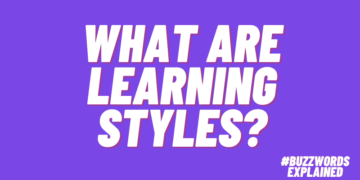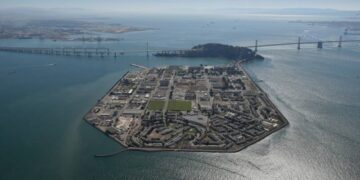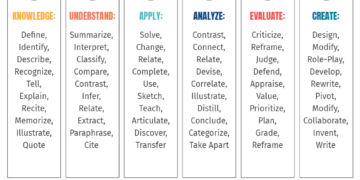Reflecting Is A Powerful Tool For Future Success
As a leader, you must take deliberate steps for growth every day. This growth can begin with yourself and spread to your team and your organization. Growth means you and your organization are evolving, learning, and pivoting so that you can successfully navigate new and unknown contexts. This series of articles titled “Growth Blueprint” explores the key tactics to foster such growth. This article focuses on reflecting on results. Before you can plan ahead, you must review and reflect on what was achieved so far, what worked well and what did not, and carve a path forward.
What Is Reflection And Why Is It Important?
In 1933, renowned educator and scholar John Dewey defined reflection as an “active, persistent, and careful consideration of any belief or supposed form of knowledge in the light of the grounds that support it and further conclusions to which it tends.” More than 50 years later, in 1983 and later in 1991, Schon built on Dewey’s work on reflection, and defined two main ways to practice reflection. The first is reflection-in-action, whereby you self-observe while you are in a particular situation, and you course-correct on the spot. This type of reflection happens in real time, so it may feel fluid and often intuitive.
The second is reflection-on-action, which is backward looking, and you examine your behavior in retrospect. Each methodology has its merits: reflecting in action enables you to “think on your feet” and at the individual level, and to pivot quickly at the organizational level. Reflection-on-action allows a bit more introspection and analysis both at the individual and organizational level, with a deliberate eye towards learning and improvement.
Reflecting At The Individual Level
As a leader, you will need to set aside quiet time to reflect and ask yourself specific questions. Apart from the main question of “Did you meet your annual metrics,” there are several questions to reflect upon, including how you led change, which new stakeholder coalitions you were able to build, if you led people with empathy and resolve when it comes to business acumen, and what your superpower is. To answer these questions, you will need to review both quantitative and qualitative data from the past year. You will need to piece together the most important elements and look for patterns of what you are good at and what you need to improve upon. During this time, you will also need to examine the context of the situation, seek any missing information and blind spots you may have had, examine your own cognitive biases, and also review, as objectively as possible, the outcomes.
These tools can help you go deeper into your analysis and may reveal learnings you had not considered before. Next, you can explore ways to improve your areas of development, including taking short courses, engaging a coach or a mentor, and seeking opportunities to grow. As a result of your individual reflection exercise, you will have more clarity as to how you want to proceed and what challenges you would like to tackle and achieve next.
Reflecting At The Organizational Level
In the United States, military soldiers would do a hotwash of their weapons, which literally entailed dousing the disassembled weapon with hot water to remove any dirt. Soldiers would then quickly examine all weapon functions, figured out what did not work, corrected it, and then got ready for the next firing. Today, a hotwash is conducted after each exercise to quickly discuss what worked well, what did not, and to define a path forward based on the lessons learned. As you and your team reflect on the past year’s performance, you will need to triangulate the data and then tell their story. You will look at the quantitative data: what do the numbers say? And of course, the qualitative data: what did the customers say in their feedback? What were the top three things which customers liked about your product or service? How can you replicate the processes that worked well? What about the top three things customers disliked? Were these customer dislikes related to people, process, technology, data, governance, or a combination of these?
Next, you and your team will need to again review the context of any challenging situations, the external factors that were beyond the organization’s control, and any missing information at the time. What does that analysis reveal? How could the organization prepare in the future to address such challenges? How can you build organizational resilience? You will need to prioritize customer complaints/dislikes across a time continuum and the organizational ability to resolve these challenges. Which are the easy fixes that can deliver the most customer satisfaction? What can your team and the organization at large do to address these challenges in the immediate term, the medium term, and the longer term? Reflection-on-action enables you and your team to practice reflective decision-making, which is a journey to better decision implementation hinging on reflection and analysis of past results. You will need to establish a hotwash culture, whereby, after each project and initiative, each team and the enterprise evaluates results, examines the context, and identifies lessons learned. Next, the teams can incorporate the lessons into the organizational strategic planning and performance plans.
Conclusion
When planning ahead, reflection is crucial. As a leader, you have to look backwards and evaluate your performance results before you can look forward and plan for growth. Reflection at the individual level means that you will need to take an objective look at your abilities and areas of improvement. How can you leverage more what you do well? How can you strengthen some of the areas you are not as proficient in? Reflection at the organizational level entails engaging the teams and the enterprise to evaluate performance by reviewing both quantitative and qualitative data, reviewing operational efficiencies and employee throughput, and telling the story to employees, customers, analysts, and stakeholders alike.




















